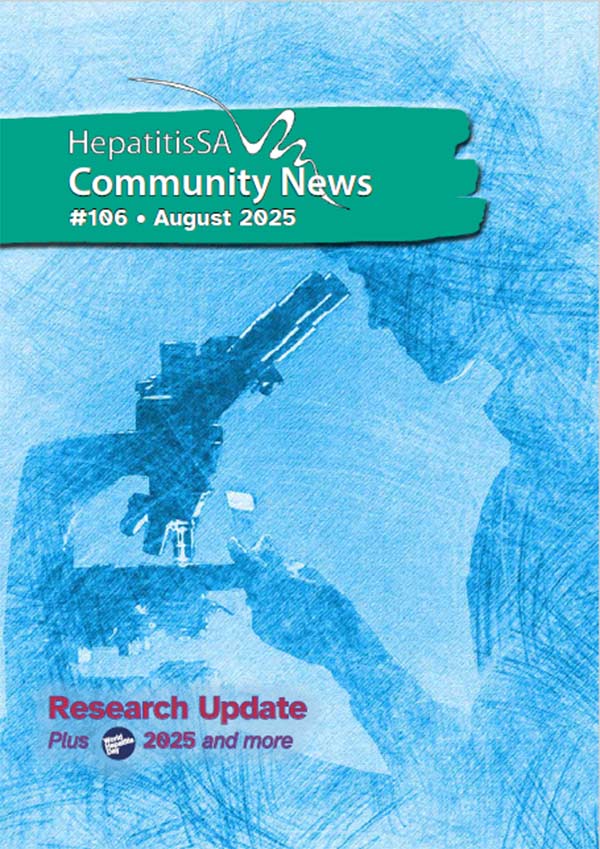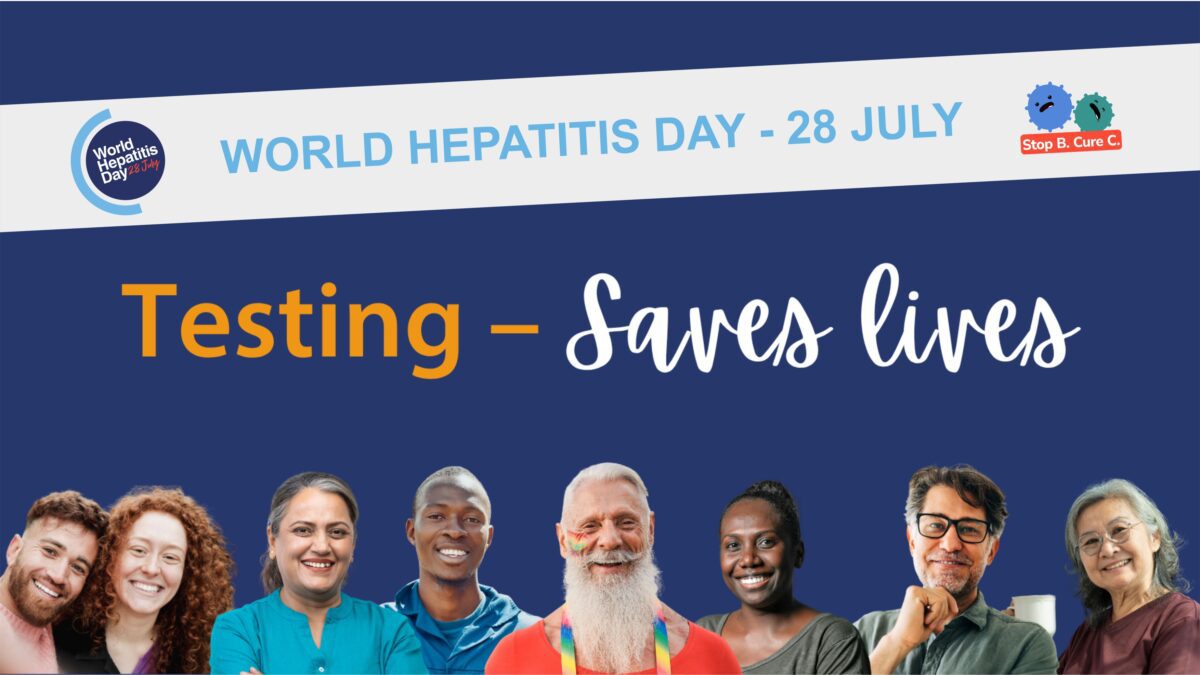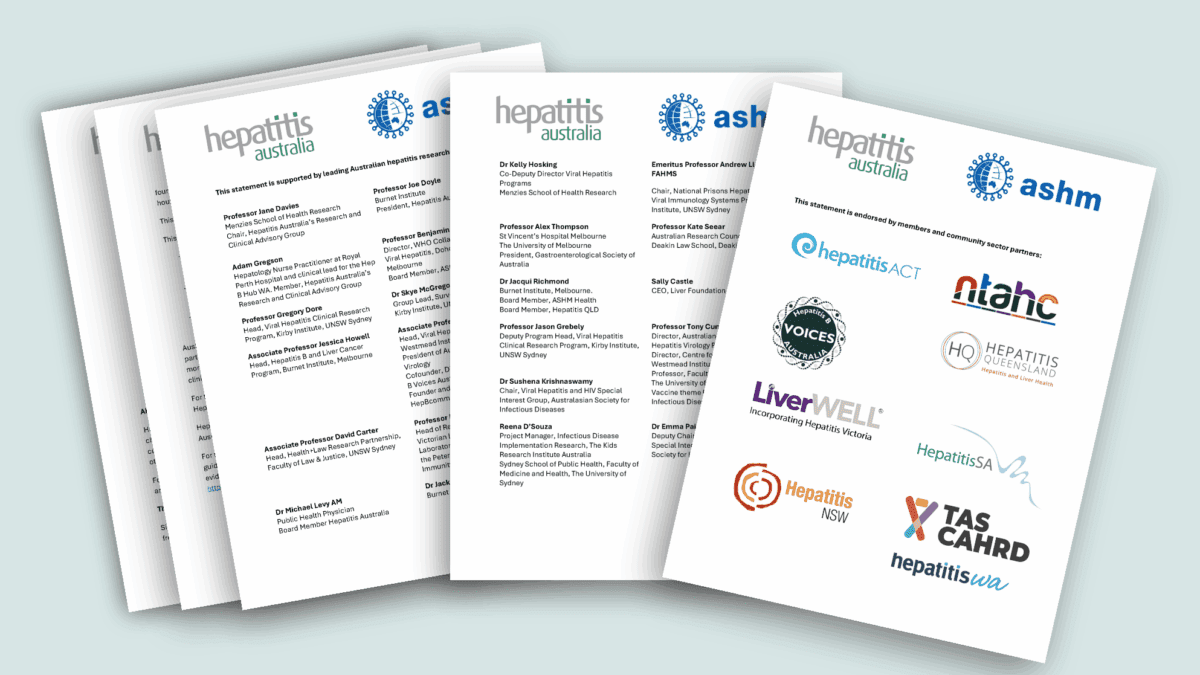Despite having all the tools to combat liver cancer, a lack of prioritisation and action has resulted in an increase in mortality worldwide. These deaths are entirely preventable if people are given timely access to hepatitis testing, treatment and vaccination.
Liver cancer is the third most common cause of cancer deaths worldwide, with the majority of liver cancer cases caused by viral hepatitis. The tools to eliminate hepatitis exist, with modelling finding that meeting the WHO hepatitis elimination targets for testing and treatment by 2030 (now just 5 years away) is cost-effective for health systems. But around the world, incorporating funded hepatitis interventions into cancer control strategies has been slow, with the number of liver cancer cases caused by hepatitis expected to double by 2040.
Research conducted by the World Hepatitis Alliance (WHA) has also found that 42 per cent of people globally are not aware that viral hepatitis is the leading cause of liver cancer. This means that the urgency to make governments act is not always going to come from the people they represent.

To help address this, WHA has prepared a white paper, ‘Beating cancer through hepatitis elimination – working together to reduce NCDs’, (NCDs being noncommunicable diseases) which sets out a number of calls to action for policymakers which if implemented could be transformative for people at risk of liver cancer.

The paper demonstrates that we need to integrate hepatitis testing, treatment and vaccination into funded national cancer programmes to decrease the incidence of liver cancer, increase early diagnosis, and reduce mortality. The paper calls for action in five main areas.
| Awareness | Implement national awareness campaigns linking hepatitis and liver cancer to increase uptake of preventative services, including hepatitis testing, treatment and vaccination. |
| Vaccination | Expand timely access to universal hepatitis B vaccination at birth to prevent mother-to-child transmission. Integrate costed hepatitis B vaccination for children and adults into all national immunisation schedules and cancer control plans and strategies, with indicators as part of monitoring and evaluation. |
| Testing for viral hepatitis | Integrate costed testing for viral hepatitis into national cancer and NCD prevention and control strategies and programmes with indicators included as part of monitoring and evaluation. Increase training for healthcare professionals on hepatitis and its connection to liver cancer to expand access to testing in clinical settings. Enable primary health services, community-based organisations and trained peers to offer community-based testing for hepatitis, in addition to testing provided by healthcare workers. |
| Antiviral treatment | Include hepatitis treatment within national cancer and NCD action plans, strategies and programmes as it prevents or slows the progression of chronic hepatitis to liver cancer. Ensure equitable, affordable and continuous access to hepatitis treatment by expanding eligibility and offering treatment in accessible settings, such as primary healthcare and antenatal care. |
| Monitoring and early detection of hepatocellular carcinoma (HCC) | Implement and expand HCC surveillance programmes that include all people living with or cured of hepatitis to increase early diagnosis and treatment for liver cancer. Invest in research and development of accurate and more sensitive surveillance and diagnostic methods for HCC to improve patient outcomes. Strengthen and link cancer and hepatitis data registries to improve monitoring and evaluation and inform health systems responses to liver cancer. Improve understanding of barriers to accessing HCC surveillance programmes to increase uptake. Empower civil society organisations and peers to support HCC monitoring programmes to improve uptake of liver cancer screening. |
The paper emphasises just how cost-effective hepatitis B vaccination really is in preventing hepatocellular carcinoma cases and reducing hepatitis B-related mortality. Globally, increases in hepatitis B vaccination programmes have resulted in decreased hepatitis B-related liver cancers. Modelling by the Center for Disease Analysis (CDA) Foundation in several countries with different income levels but similar prevalence of hepatitis B and C found that reaching the WHO hepatitis elimination targets for testing and treatment by 2030 was either highly cost-effective or cost-saving in all countries by 2045.
On Tuesday 27 May, WHA hosted a webinar to launch the white paper, discussing the recommendations and talking about how, by integrating hepatitis and cancer control strategies, we can reduce the number of liver cancer cases globally. You can watch it below, or here.
Policy makers must act now to integrate costed hepatitis services into fully funded national cancer control policies and programmes to reduce the burden of NCDs. By integrating hepatitis and NCD
programmes, policy makers can make health systems stronger and more cost-effective. With concerted effort, together we can prevent liver cancer by eliminating hepatitis.
Last updated 3 September 2025
More from:
Enjoyed this article? Subscribe to be notified whenever we publish new stories.
Subscribe for Updates









